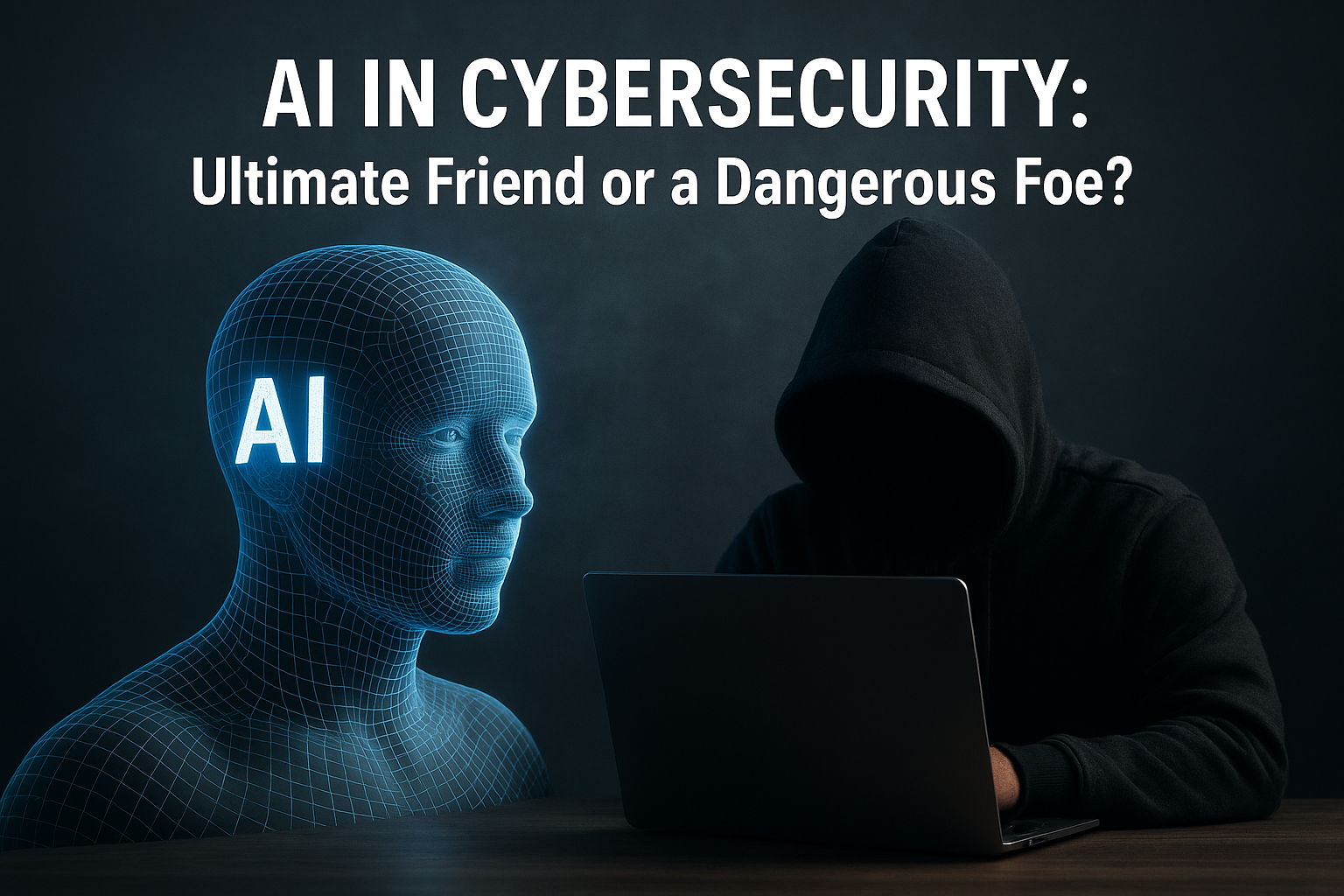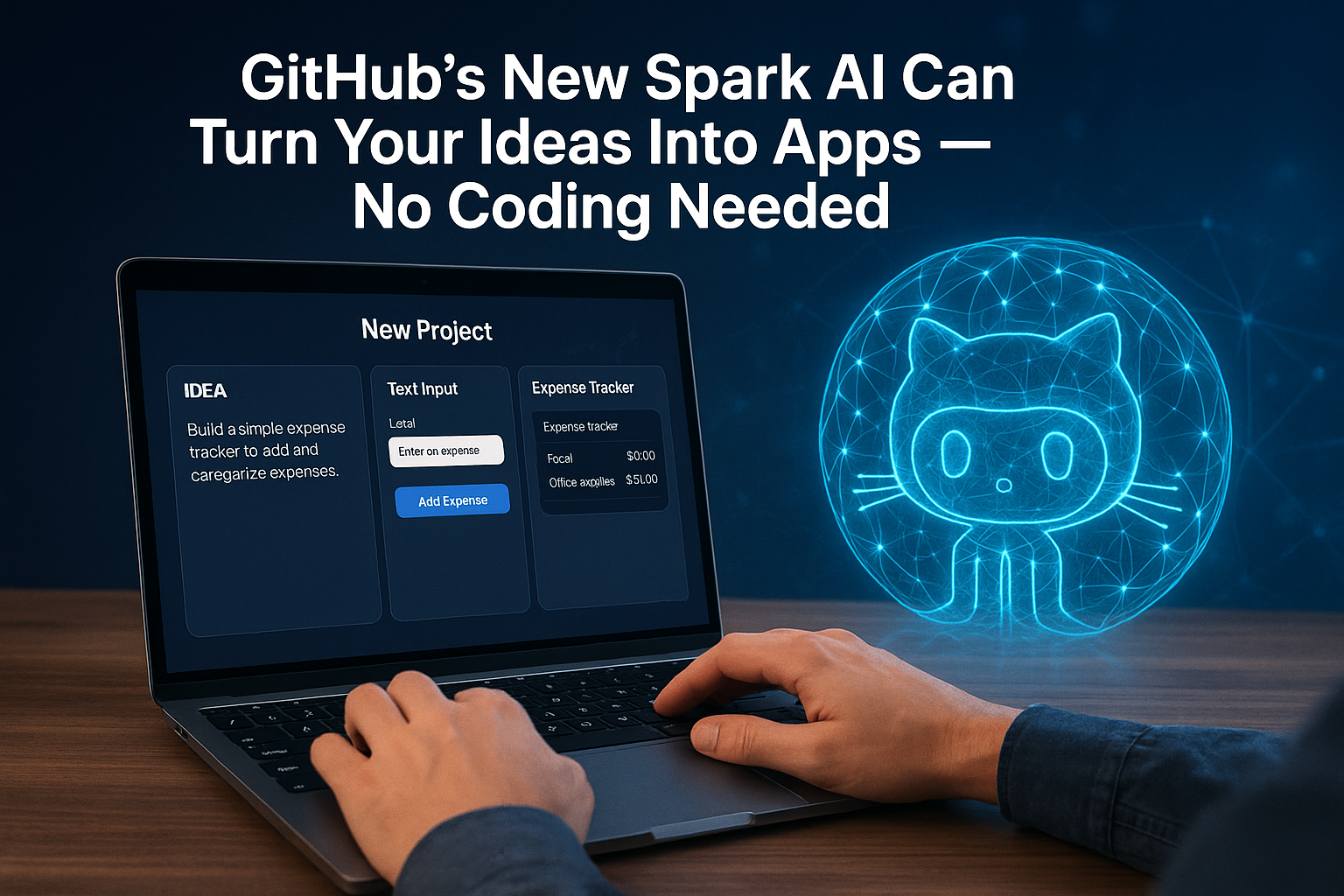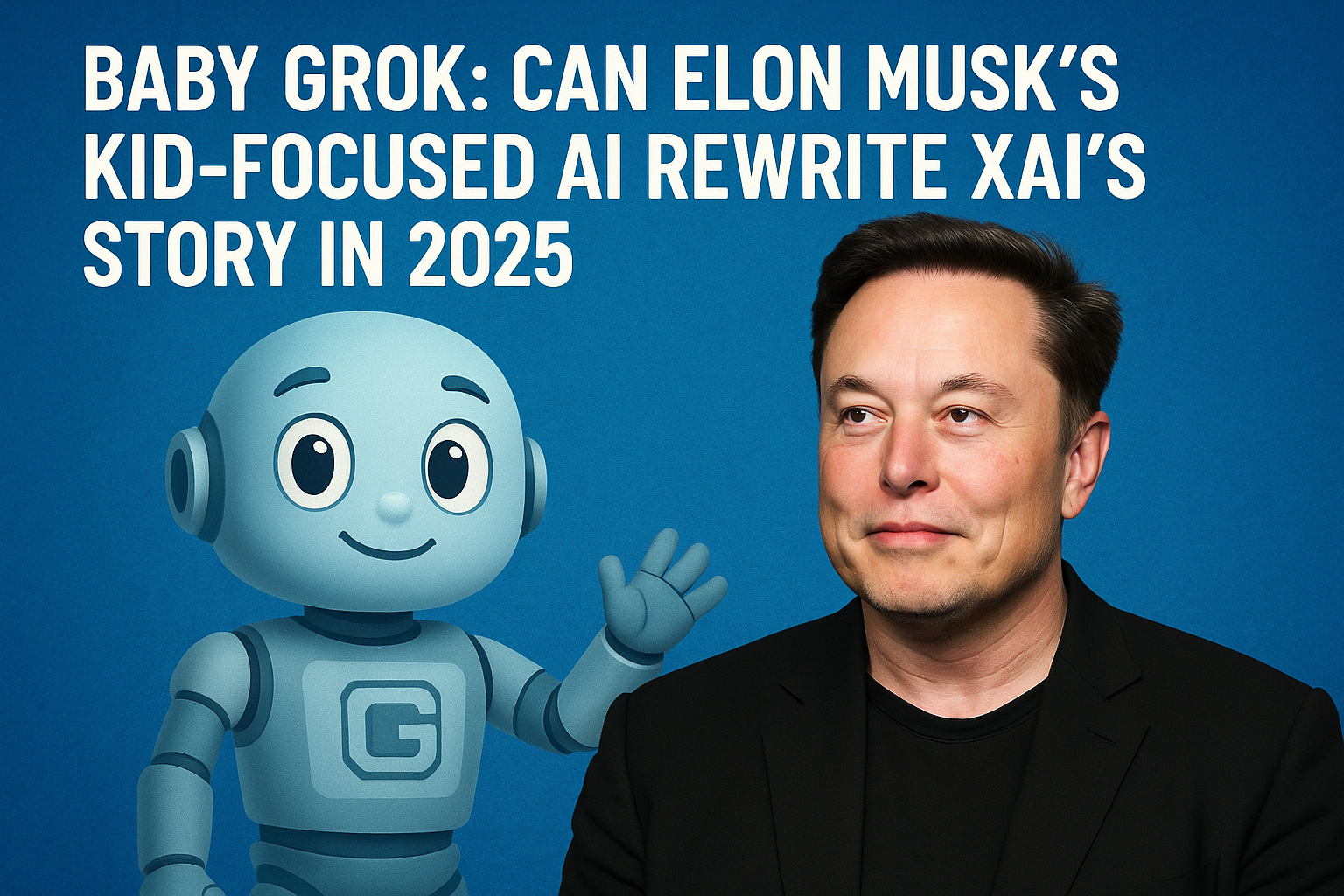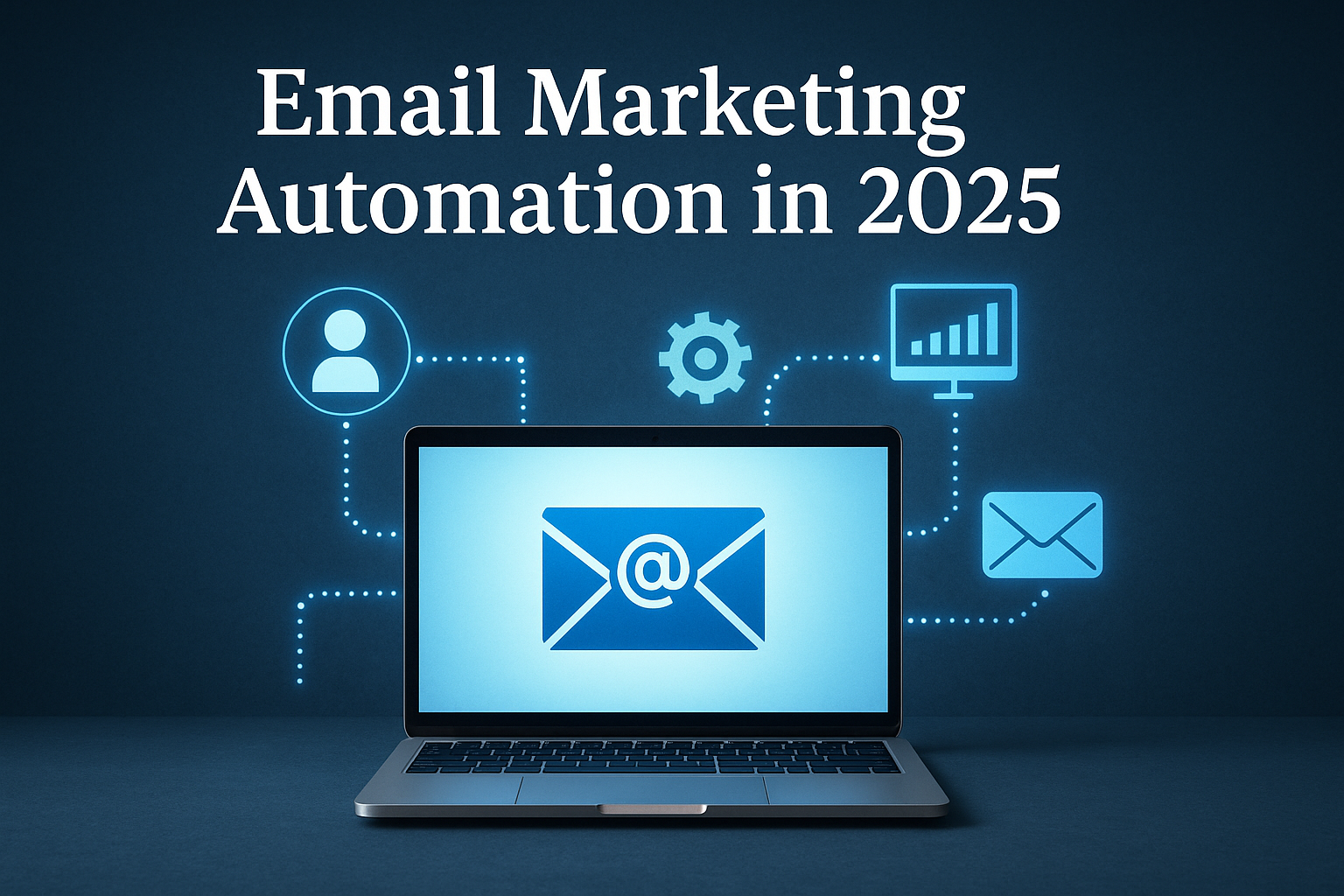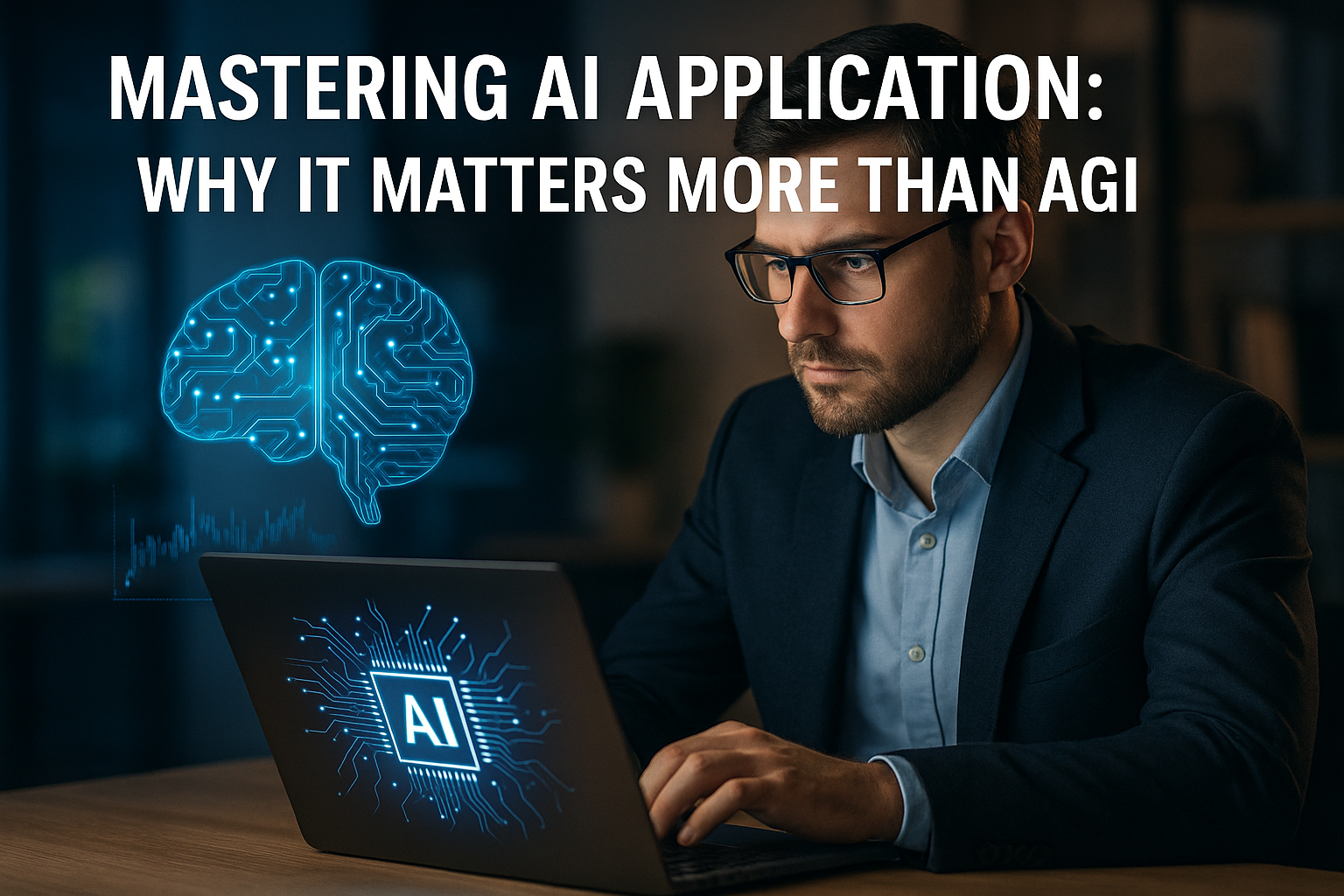The rapid advancement of artificial intelligence (AI) has presented a paradoxical scenario for modern cybersecurity: it’s simultaneously a powerful asset and a formidable threat. As businesses increasingly integrate intelligent systems, AI is fundamentally reshaping security paradigms, enabling automated threat discovery, real-time massive data analysis, and proactive defense mechanisms. However, this progress casts a shadow, as malicious actors also leverage the very same AI capabilities to orchestrate more sophisticated, stealthy, and automated cyber-offensives.
This raises a critical question: Is AI primarily an ally or an adversary in the cybersecurity landscape? The answer is far from simple, residing in a nuanced and multifaceted reality. This article will delve into AI’s dual function in digital defense, exploring its advantages, the inherent dangers, and the projected trajectory of cybersecurity in an AI-driven world.
The Ascendance of AI in Cybersecurity
Historically, cybersecurity relied heavily on predefined rules, human intervention, and signature-based threat identification. While effective to a degree, these conventional approaches have struggled to match the escalating volume, velocity, and intricacy of cyberattacks. AI emerges as a transformative force, poised to exponentially amplify the efficacy of cybersecurity systems.
Through the application of machine learning algorithms, behavioral analytics, and neural networks, AI can now discern anomalies, unearth concealed threats, and even anticipate attacks before they materialize. This capability has furnished cybersecurity teams with a significant advantage in safeguarding against an ever-evolving threat landscape.
AI: The Sentinel in Cybersecurity

- Accelerated Threat Detection and Response AI possesses the capacity to process immense volumes of data from diverse sources, such as emails, server logs, user activities, and network traffic in real time. It identifies irregular patterns and instantaneously alerts security personnel to potential risks. This drastically truncates response times, mitigating potential damage. For instance, rather than human analysts laboriously sifting through log files, AI-enhanced Security Information and Event Management (SIEM) platforms, integrated with machine learning, can pinpoint suspicious activities within mere seconds.
- Proactive Analysis and Threat Intelligence Leveraging historical attack data and evolving behavioral trends, AI systems can predict future threats. These predictive models enable organizations to prepare for cyberattacks preemptively, thereby enhancing their preparedness and reducing systemic vulnerabilities. This foresight proves particularly invaluable in sectors like finance and healthcare, where preventing a breach can safeguard not only financial assets but also lives and institutional reputations.
- Automation of Repetitive Operations AI shoulders the burden of mundane tasks like vulnerability scanning, endpoint monitoring, or firewall updates. This liberation allows cybersecurity professionals to dedicate their expertise to strategic initiatives and intricate threat analysis.AI-powered security orchestration tools can also automatically trigger responses, such as isolating compromised devices or blocking malicious IP addresses, thereby minimizing the need for manual intervention.
- Enhanced Precision and Reduced False Alarms A persistent challenge in cybersecurity has been the prevalence of false positives harmless activities mistakenly flagged as malicious. AI continually learns from data inputs, refining its decision-making, which significantly reduces these inaccuracies over time. With more precise alerts, security teams can direct their efforts toward genuine threats instead of expending resources on non-existent dangers.
AI: The Adversary in Cybersecurity
While AI offers numerous advantages to digital defenders, it concurrently equips attackers with equally potent instruments.

- AI-Driven Cyberattacks Cybercriminals are harnessing AI to automate their assaults, making them faster, more precisely targeted, and more adept at evading detection. AI-powered malware can dynamically alter its behavior to circumvent security measures, while intelligent bots can learn to bypass CAPTCHA systems or convincingly mimic human interactions during phishing campaigns.A particularly alarming development is deepfake technology, where AI generates fabricated videos or audio. These can convincingly impersonate executives or public officials, deceiving employees into divulging sensitive information or transferring funds.
- Scalable Social Engineering AI tools can efficiently extract vast amounts of public data from social media and other online sources to construct detailed profiles of potential targets. This intelligence is then utilized to craft highly personalized phishing emails or social engineering attacks that are exceptionally difficult to discern as fraudulent. Unlike conventional phishing, AI-driven campaigns can simultaneously target thousands of individuals, making them both more effective and immensely scalable.
- The Weaponization of Adversarial AI Adversarial AI involves manipulating machine learning models by introducing deceptive data. Attackers can exploit vulnerabilities in AI systems by “poisoning” their training data or by engineering inputs that cause misclassification resulting in false negatives or allowing malware to escape notice.In essence, if cybersecurity AI itself is not adequately secured, it risks becoming a weapon in the hands of malicious actors.
- AI vs. AI: An Escalating Arms Race As defenders deploy AI for protection, attackers concurrently deploy AI to breach those very defenses. This creates a high-stakes cat-and-mouse game where both sides continually innovate. This technological arms race introduces unpredictability and heightened complexity into the cyber landscape, a challenge not every organization is equipped to manage.
Ethical and Legal Considerations
The pervasive integration of AI in cybersecurity raises substantial ethical and legal dilemmas. Who bears responsibility when an AI system misidentifies a threat or critically, fails to detect one? What are the implications if AI is used to justify pervasive surveillance or infringes upon privacy rights?
Bias embedded in AI training data can also lead to discriminatory security practices, such as disproportionately flagging users from specific regions or demographic profiles. Transparency and robust regulation will be imperative as AI becomes more deeply integrated into cybersecurity infrastructure.
Leveraging AI Safely in Cybersecurity
Despite the inherent risks, AI remains an invaluable asset provided it is utilized responsibly and strategically. Here’s how organizations can harness its potential while mitigating vulnerabilities:
- Prioritize Explainable AI (XAI): Ensure your AI tools can articulate the rationale behind their decisions, facilitating auditing and accountability.
- Implement Human-in-the-Loop Systems: Blend AI automation with human oversight to capture anomalies AI might overlook or misinterpret.
- Consistent Updates and Training: Continuously feed fresh, validated, and unbiased data into AI models to maintain their accuracy and security.
- Adopt Multi-Layered Security: Avoid sole reliance on AI. Integrate it as one component within a comprehensive cybersecurity framework that includes firewalls, encryption, employee education, and stringent access controls.
- Monitor for Adversarial Threats: Build resilience into your AI systems to detect and counteract adversarial attacks designed to manipulate algorithms.
Future Trajectory: A Net Positive?

The future of AI in cybersecurity appears promising, yet it’s also fraught with uncertainties. As threats grow increasingly sophisticated, organizations will necessitate more intelligent defenses, and AI is an indispensable element of that evolution. However, the same power can be weaponized, and the demarcation between innovation and exploitation remains tenuous.
Regulators, security experts, and AI developers must collaborate to establish ethical benchmarks, implement robust safeguards, and educate users on the responsible application of artificial intelligence in cybersecurity.
So, is AI a friend or foe in cybersecurity? The definitive answer is: it is both.
AI serves as a formidable shield, enabling accelerated threat detection, enhanced accuracy, and efficient responses. Conversely, in the wrong hands, it transforms into a potent weapon, facilitating novel forms of attack. The critical factor lies in how we deploy AI, the stringent controls we impose upon it, and the collective responsibility we assume in shaping its future.
In a digital realm increasingly shaped by intelligence, both human and artificial, our collective security will hinge not only on the tools we construct but on the wisdom with which we wield them.
If you found this information helpful, don’t forget to subscribe to Zealimpact.com. We’ll keep bringing you more Artificial Intelligence related Blogs like this one. Your support is our strength.
If you found this information useful, don’t forget to share it with your friends and family.

